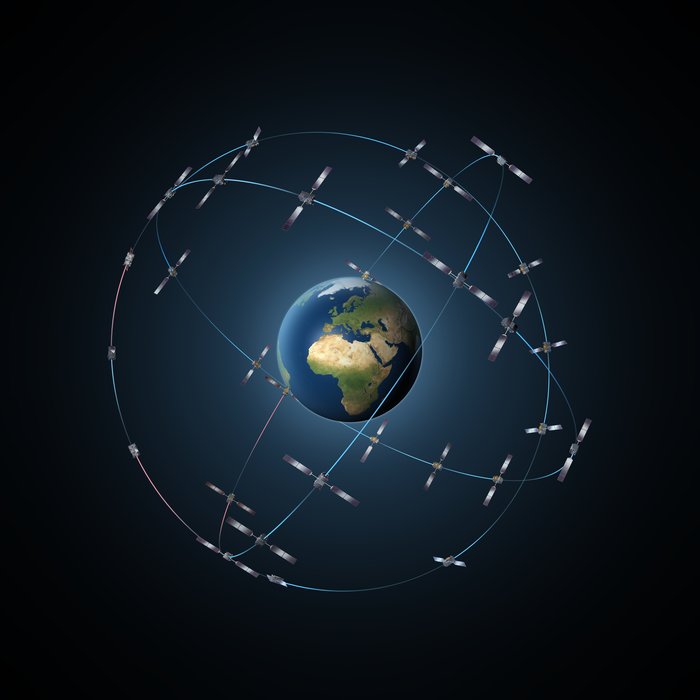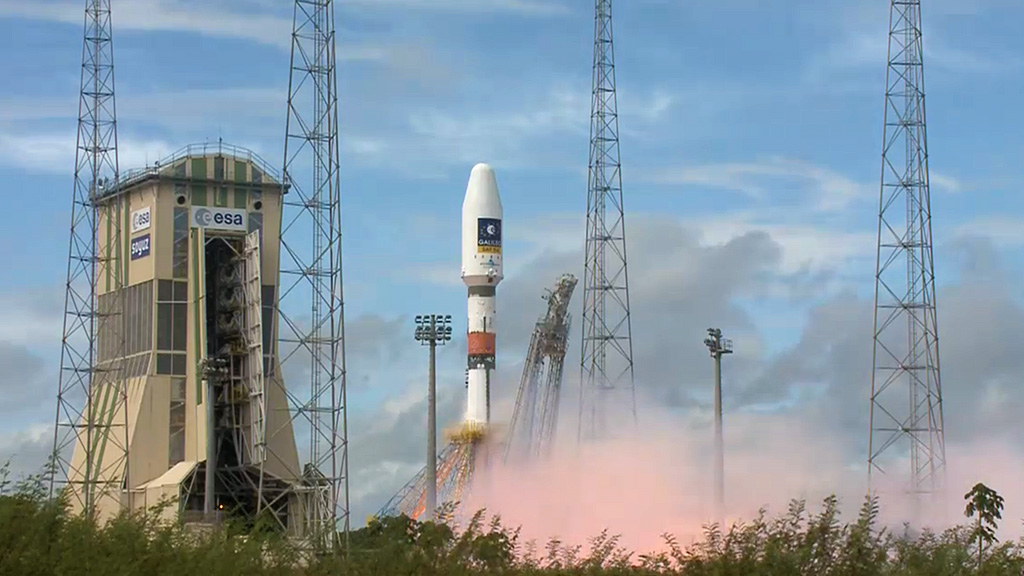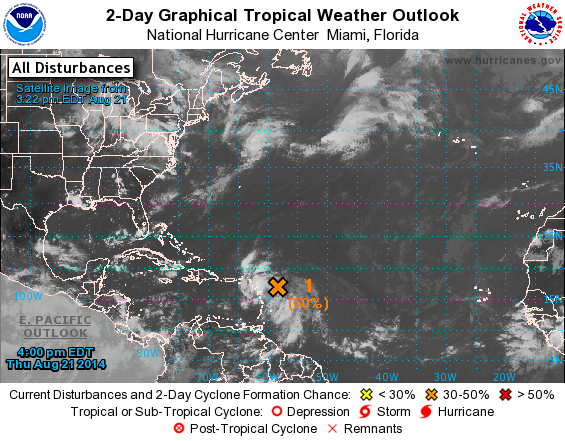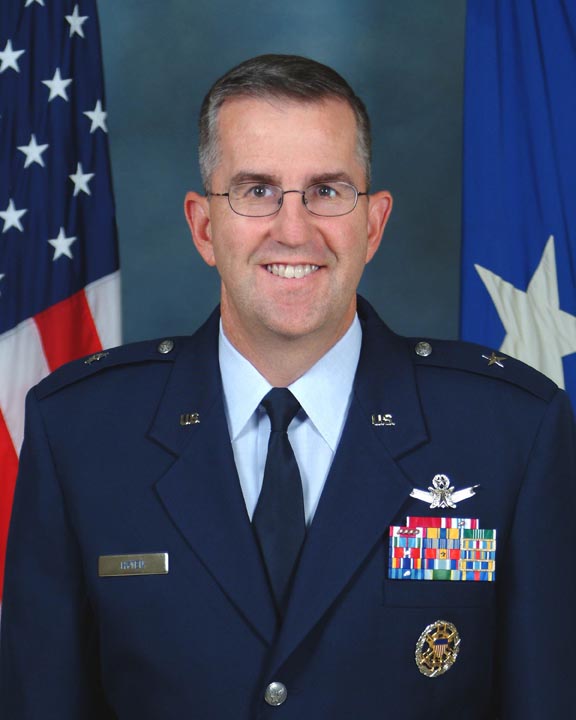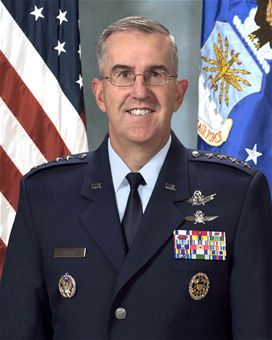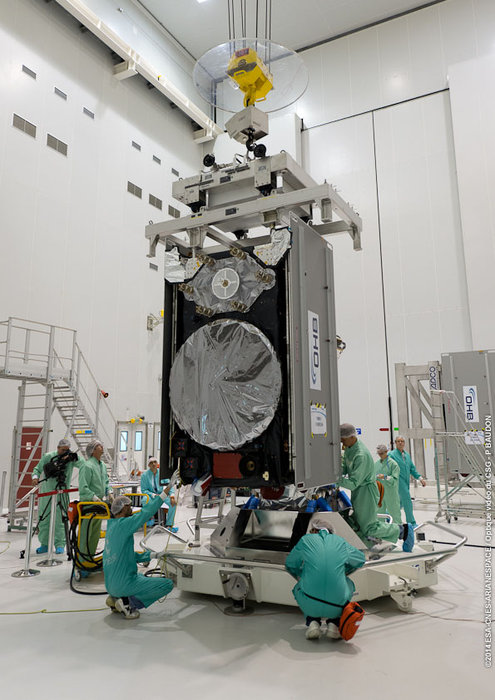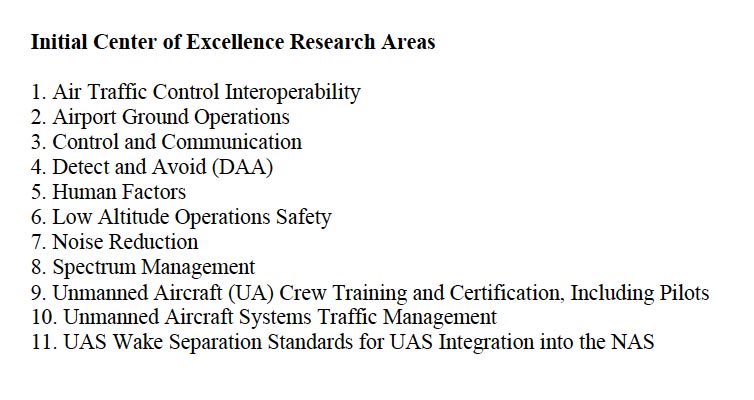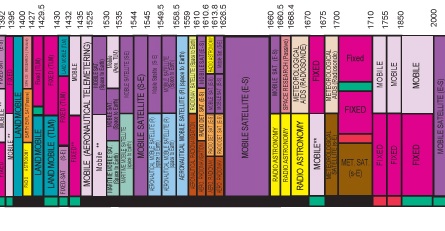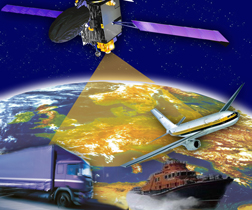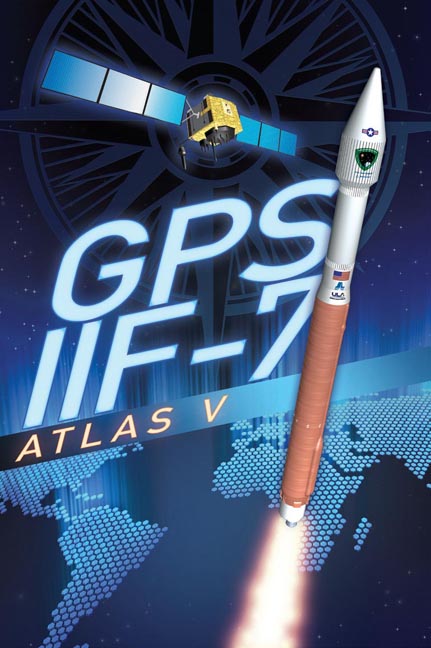Galileo Teams Investigating ‘Injection Anomaly’ of FOC Satellites
European Space Agency (ESA) and industry officials said today (August 23, 2014) that they are investigating Arianespace’s announcements about anomalies in the orbit injection of the Galileo full operational capability (FOC) satellites launched Friday.
“Complementary observations gathered after separation of the Galileo FOC M1 satellites on Soyuz Flight VS09 have highlighted a discrepancy between targeted and reached orbit,” according to a Friday statement by Arianespace, which leads the industry team handline the launch of the first Galileo FOCs.
By Inside GNSS
